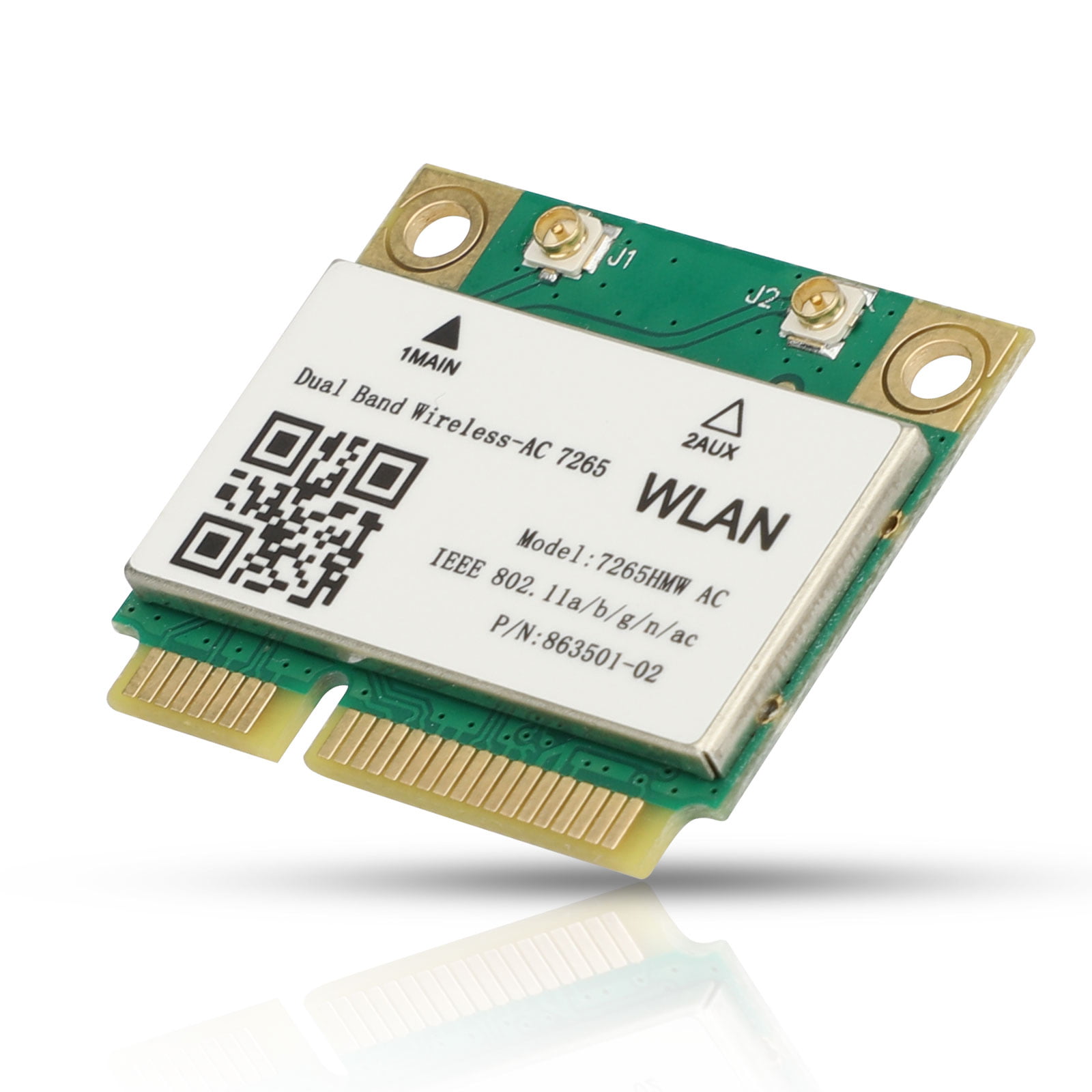
- #Intel dual band wireless ac 7265 linux mint driver install
- #Intel dual band wireless ac 7265 linux mint driver drivers
#Intel dual band wireless ac 7265 linux mint driver drivers
That was when I bought the Atheros, which worked just as well as the current Intels do– and despite my specific example being about as old as the 4965, the Windows drivers were still in active development. I don’t think they ever released one for Windows 8.x or 10.Īnnoyed by how Intel had cut off driver support for a still-relevant wifi card (if they’re still releasing brand new ones with the same performance specifications, it’s hard to argue that the older one is obsolete!), I avoided Intel at first when I was looking for a replacement wifi card for my Asus. Frustratingly, someone had written about the very issue I had on the official Intel site just a month or so before Intel stopped releasing new drivers, and the final driver for 7 still had the issue that made the 4965 intermittently much slower than it should have been.

The Asus came with an Intel 4965 (dual-band draft N, no bluetooth, 2×3), which is roughly the same spec as the 7265 I bought (dual-band N, no bluetooth, 2×2), but the final 4965 Windows driver never did work right for me in any kind of consistent fashion (in either the XP or 7 flavor). The Swift came with the 7265, while all the others have been swapped.
#Intel dual band wireless ac 7265 linux mint driver install
All I need to do is boot into a live session and it will let me know there are several wifi networks available, without having to install anything.Īll of my relatively recent-ish laptops (which I define here as “having more than one CPU core”) run either an Intel 7260 (Mini PCIE, in my Asus F8Sn) or Intel 7265 (M.2, in my Dell Inspiron 11, my Dell G3 gaming, and my Acer Swift). I’d found that both the Intel and the Atheros cards work flawlessly with Linux right out of the box, with zero configuration or fiddling around needed.

I could have gone either way in Linux, but I chose Intel back when I was using Windows 8.1 alongside Linux, since Intel offers the Intel ProSet wifi software that allowed me to completely bypass the Metro/TIFKAM wifi UI of Windows 8.1, which I had blocked with Metro Killer. I’ve found that Intel and Atheros (now Qualcomm) work quite well in Linux too.


 0 kommentar(er)
0 kommentar(er)
